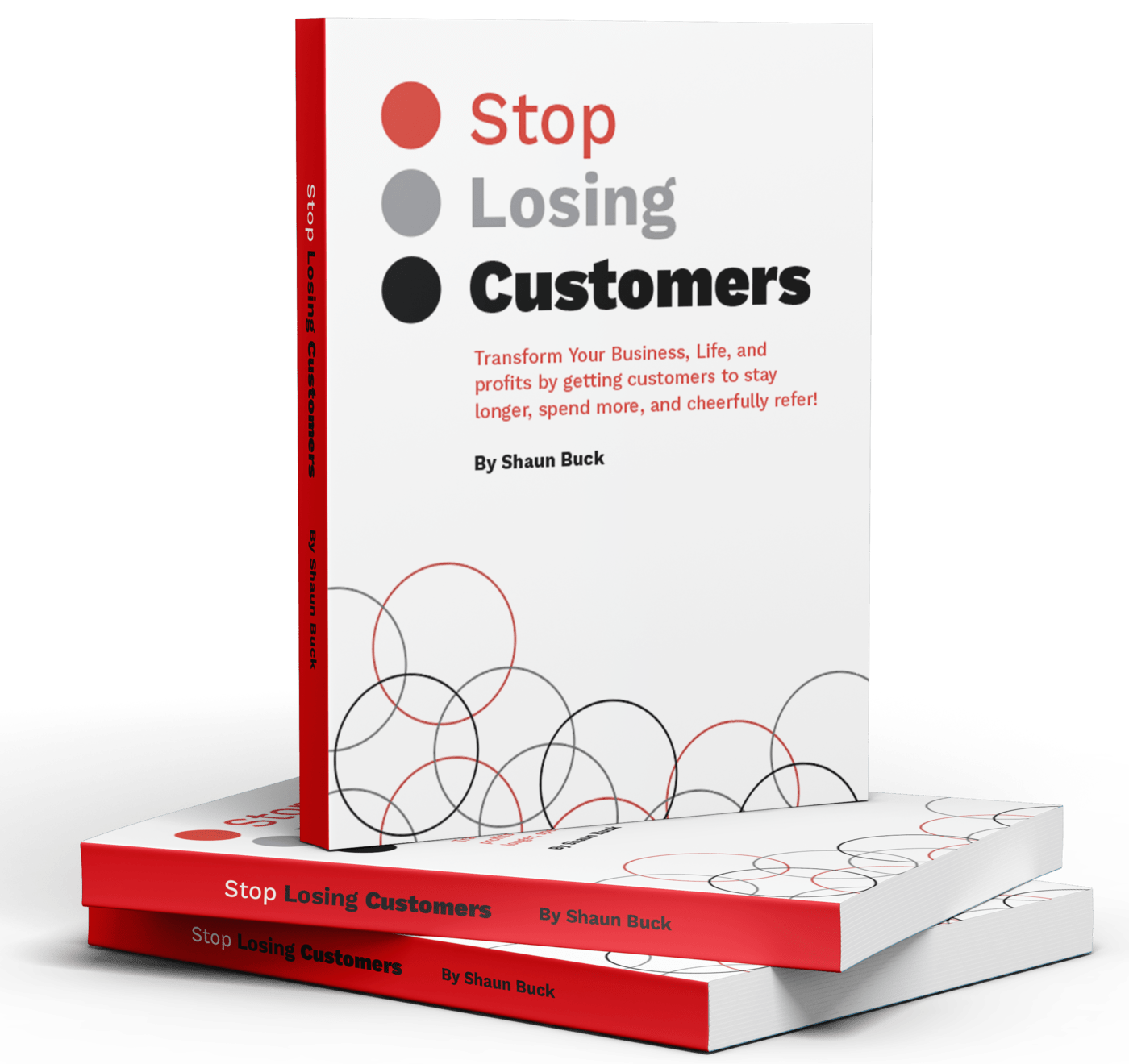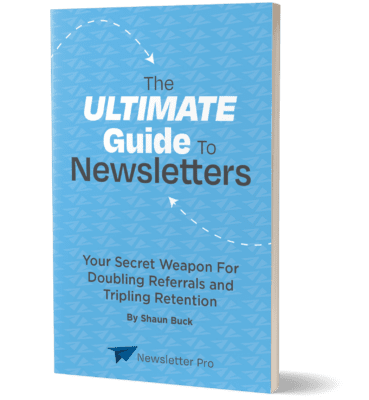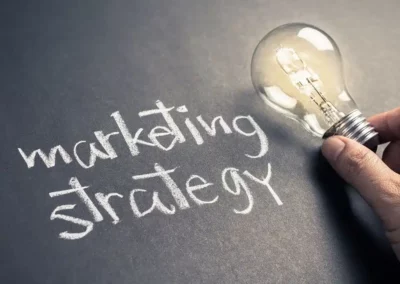Since the Great Recession, it’s been the trend, in America, to shed all physical mail. Many companies stopped mailing catalogs, direct mail marketing letters, and newsletters, all in favor of digital products. The news outlets even declared direct mail marketing dead.

Only a few short years later, direct mail marketing is on the rise again. As a company that sends print newsletters, we are seeing both large and small businesses refocus on direct mail marketing. They’re discovering that they’ve swung the pendulum too far in the digital-only direction.
Costco Thrives With A Monthly Magazine
In the U.S. alone, Costco sends 8.6 million magazines/catalogs per month. They are the third largest monthly publication in the world (based on 2013 circulation numbers). The average  member who receives a Costco Connection has a household income of $156,000 annually. 56 percent of members who receive the monthly magazine buy something based off what they read in it. That is so huge. Can you imagine the amount of lost revenue Costco would experience from not sending a print edition? How many people would even read a digital version?
member who receives a Costco Connection has a household income of $156,000 annually. 56 percent of members who receive the monthly magazine buy something based off what they read in it. That is so huge. Can you imagine the amount of lost revenue Costco would experience from not sending a print edition? How many people would even read a digital version?
During the Great Recession, Costco considered discontinuing the print version of the magazine. But they found that their affluent members (or all Costco members) overwhelmingly preferred the print edition. Ginnie M. Roeglin, senior VP of Costco’s e-commerce and publishing, said she expects the print edition of the magazine to continue to grow in circulation for many years to come.
If we had only one example, maybe we could chalk it up to all those Costco members just being a bit strange. You know this is true if you’ve ever shopped at a Costco on a Saturday. But they aren’t the only ones.
Williams-Sonoma Cleans Up With Catalogs
Williams-Sonoma is the parent brand to seven companies, including Pottery Barn and West Elm. Their executive vice president and chief strategy and business development officer, Patrick Connolly, says, “They [catalogs] are still a very, very important part of the marketing strategy.” He also reveals that a full 50 percent of the company’s marketing budget is spent on catalogs each year. What?! Seven different brands, and half of the budget is going to old-school catalogs? Are they crazy? Not one bit. In quarter one of 2016, they saw a profit of $141 million.
 Online-only men’s retailer Bonobos decided to dip their toe in the catalog waters a few years ago with a small test. Can you imagine the fight that went on inside this online-only retailer’s boardroom, when some brave soul suggested they spend part of the budget on print catalogs? Bonobos ultimately decided on a small test in 2013. The results led them to not only continue mailing, but to increase the number of catalogs mailed. Now, more than 20 percent of the website’s first-time customers are placing orders because they received a catalog in the mail. Crazy, right? To add another twist to this story, those same catalog buyers are spending 1.5 times as much as first-time buyers who did not receive a catalog.
Online-only men’s retailer Bonobos decided to dip their toe in the catalog waters a few years ago with a small test. Can you imagine the fight that went on inside this online-only retailer’s boardroom, when some brave soul suggested they spend part of the budget on print catalogs? Bonobos ultimately decided on a small test in 2013. The results led them to not only continue mailing, but to increase the number of catalogs mailed. Now, more than 20 percent of the website’s first-time customers are placing orders because they received a catalog in the mail. Crazy, right? To add another twist to this story, those same catalog buyers are spending 1.5 times as much as first-time buyers who did not receive a catalog.
High-end retailer Neiman Marcus has found they get $4 back in sales for every dollar they spend on producing, printing, and mailing a catalog. Boden, a U.K. retailer, has found that the average person spends between 15 and 20 minutes per month reading their catalogs.
Our Business Needs Multimedia Marketing
The point is, all companies need a multimedia marketing strategy if they want to grow larger and faster and make more money. The days of pushing “only direct mail” or “only online” for most businesses that want to scale are gone. Of course, this makes owning and running a business more complicated, which is great if you are here and are a student of marketing. It’s not so great for your competitors. They are simply listening to the media about the demise of all marketing strategies besides social media.
At The Newsletter Pro, we’ve found that, when we are late sending out our own newsletter (which is a horrible sin, but you know the saying: The cobbler’s children have no shoes), our phone consultations with prospective new customers drop by 25 to 33 percent. Why? Simply because we were not top-of-mind.
Last year, The Newsletter Pro landed at spot 120 on the Inc. 500 list of “fastest growing privately-held companies in America.” Since then, I have often been asked how we grew so fast. Our big secret to massive growth is … relentlessly following up with leads.
How To Follow Up With Leads For Massive Growth
 Each month, we mail a newsletter (surprise, surprise) to every customer and prospect in our database. What I’ve found is that my outflow equals my inflow. The more leads I get, the more newsletters I send (outflow). The more newsletters I send, the more new customers I get (inflow).
Each month, we mail a newsletter (surprise, surprise) to every customer and prospect in our database. What I’ve found is that my outflow equals my inflow. The more leads I get, the more newsletters I send (outflow). The more newsletters I send, the more new customers I get (inflow).
Now, there is a dark side of these mailings as well. I can’t 100 percent track the dollar-for-dollar exchange on mailing out newsletters. Newsletters are just that kind of media, since we don’t put coupons or hardcore offers in the vast majority of them. What I can track is call volume on the weeks following my mail hitting. From this, I quickly noticed a decrease in call volume on the weeks where I was late sending out my mailing. The newsletters made a huge difference in how receptive prospects were to becoming a customer.
There’s More To Direct Mail Marketing Than Newsletters
As important as newsletters are, however, they’ve never been our only strategy. Our follow-up, to this day, also consists of an online strategy. In the beginning, we were sending emails on a twice-weekly basis. If you’re on our email list today, you see get our weekend reading email every Friday afternoon. If you are a super-hot lead, you might get more emails in a week because a consultant is also shooting off emails to you. Today, hot leads get three additional direct mail marketing letters over a period of 10 days after they are tagged as a hot lead.
And that’s pretty much the whole plan for massive growth once we have a lead. If you were looking for more steps or a more complicated process, I’m sorry to disappoint. To be clear, the above system has holes in it — holes we could have filled earlier to have grown even faster. For example, we could have retargeted prospects who went to our website and requested the book (our primary lead magnet).
I can’t know for sure, but my educated guess tells me we would have crushed it (which is an official U.S. government recognized form of measurement), had I put that in place years ago. We also could have had more lead magnets early on to get more people into the top of the funnel, which would have greatly increased the amount of outflow. We didn’t do everything perfectly, but what we did worked.
2 Essential Strategies To Leave Your Competition Behind
Ultimately, if I could leave you with two takeaways from this whole article, they would be as follows. Your strategy for growth must be relentlessness in following up with both prospects and customers. And you must combine multiple forms of media when communicating that follow-up. With that strategy, you’ll have the edge on your competition. After all, they’re still listening to the many voices in the media who insist that offline marketing is dead.
Learn more about the success of direct mail marketing through newsletters by clicking the button and requesting a copy of our Amazon bestseller, The Ultimate Guide to Newsletters!






